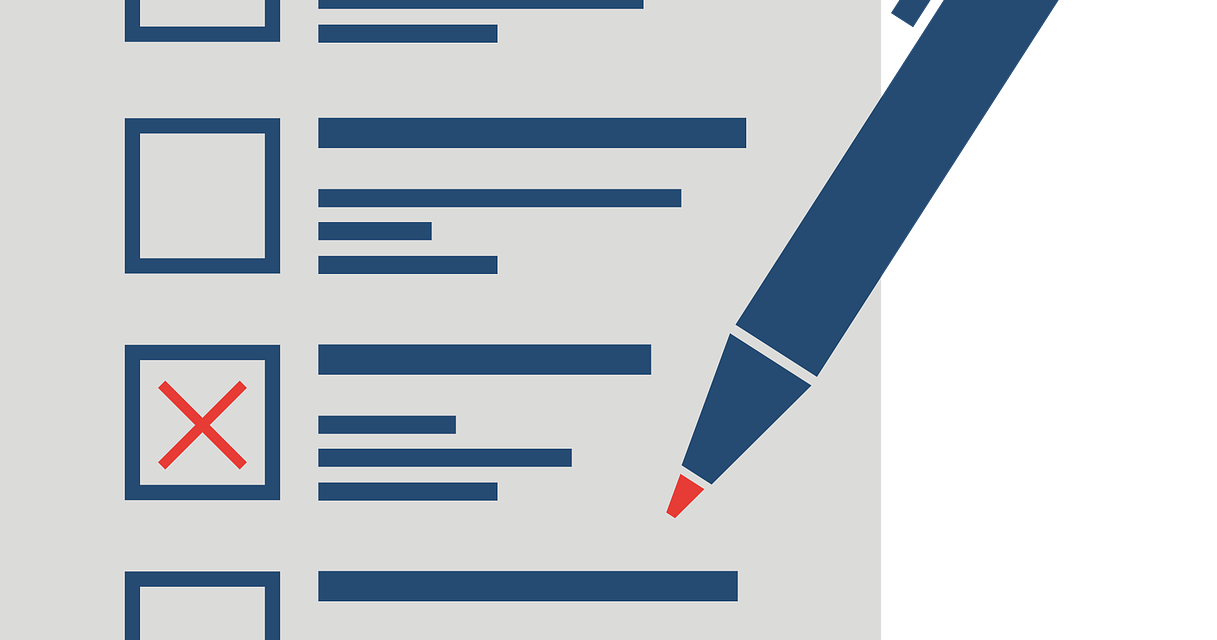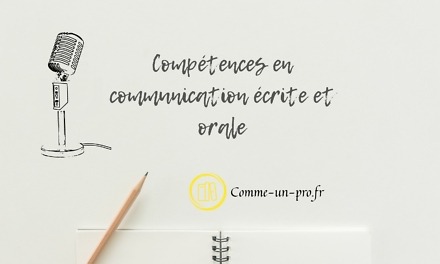Whatever the subject, preparing a writing plan has always been an essential rule to respect throughout our schooling. Today, most people ignore this step and end up suffering the consequences. Obviously, we are responsible for each of our choices. I will try to show you how the lack of a writing plan is a mistake.
A writing plan, the essential prerequisite for organizing your ideas
Before putting our ideas in writing, it is essential to organize them using a structured plan to ensure the consistency of the message that will be conveyed.
The plan will help you manage or organize all the information relating to a given theme. However, if you do not have this information. You will have to do research in order to select the most relevant. The drafting of the plan will come next. This is a very important step, since it brings your thoughts together into a coherent whole.
In general, the plan states the main ideas of the text, followed by sub-ideas, examples or facts to illustrate them. There is therefore no need to worry about the choice of vocabulary, as well as the structure of the sentences. At this stage, this is only a brief summary of the writings to come. Thus allowing you some freedom of writing. This is a good method for you to focus on sorting out the information you would bring up in your writing.
Order information
There is no writing or writing without first collecting a relatively large amount of information. This step is generally followed by categorization and then classification of this information. The most decisive point is to deduce the main ideas, secondary ideas and so on. This is the best way to choose the order of presentation of your thoughts, helping any reader to understand your message and read it without difficulty.
First of all, it is essential to put the thesis at the heart of the subject to be developed. It is therefore a question of asking the following questions: what, what should I write about ? Answering these questions amounts to proposing a short sentence, illustrating for example a large title, which constitutes the subject and expresses in a general way the idea to be transmitted to the recipient.
Then then you have to organize your ideas, some in coherence with the others. In my opinion, the best technique to express your creativity and gather all the information around a subject is Mind Mapping. This not only allows you to have a more concise view of the different concepts, but also establishes the links between them. With this system you are sure to get around the question.
First step :
It starts with:
- collect any ideas that may be useful for your writing,
- classify those belonging to the same family in one and the same category,
- remove those which, with regard to your objectives, are ultimately unnecessary,
- add other information as needed which may be of interest to your reader.
Second step :
Now you need to order the ideas you have chosen, that is, determine the secondary ideas in order to generate a more concise message. Voltaire, in his literary work " Candid ", Goes in the same direction by affirming:" The secret to boring is to say everything ". We are dealing here with a very effective process for successful writing.
Determine the communication situation ?
Let us begin by remembering that the communication situation greatly influences the choice made on the writing plan. This is structured on the basis of a series of five questions:
- Who is the author ? What is its purpose ?
- Who is the intended target for your writing ? What is the title or function of the reader vis-à-vis the author? What is the link between the author and his readers? Is his writing based on who he is as a person or is it in the name of his title, or even in the name of the company he represents? What justifies his understanding of the content of the work? Why is it important that he read it?
- Why write ? Is it in order to provide the reader with information, to convince him of a fact, to elicit a reaction from him? What does the author wish for his readers?
It is essential that you remember that professional writing is a way of communicating that has its specificities. The person who will read you will have a special expectation. Or you would write for a request or while waiting for a specific answer.
- What is the message based on ? What makes the message?
- Is there a special circumstance justifying the writing ? Thus, it is essential to rigorously determine the place, as well as the moment, or even the process which is best suited to convey the message (is it an e-mail, a report, an administrative letter, etc.).
After answering all of the above questions, you can choose a writing plan. As we will see in future articles, there is not just one writing plan, but more. No matter what you plan to write, it turns out that almost all communication goals have a plan. It is about sharing information, attracting attention, convincing about a given subject or eliciting a kind of reaction.




